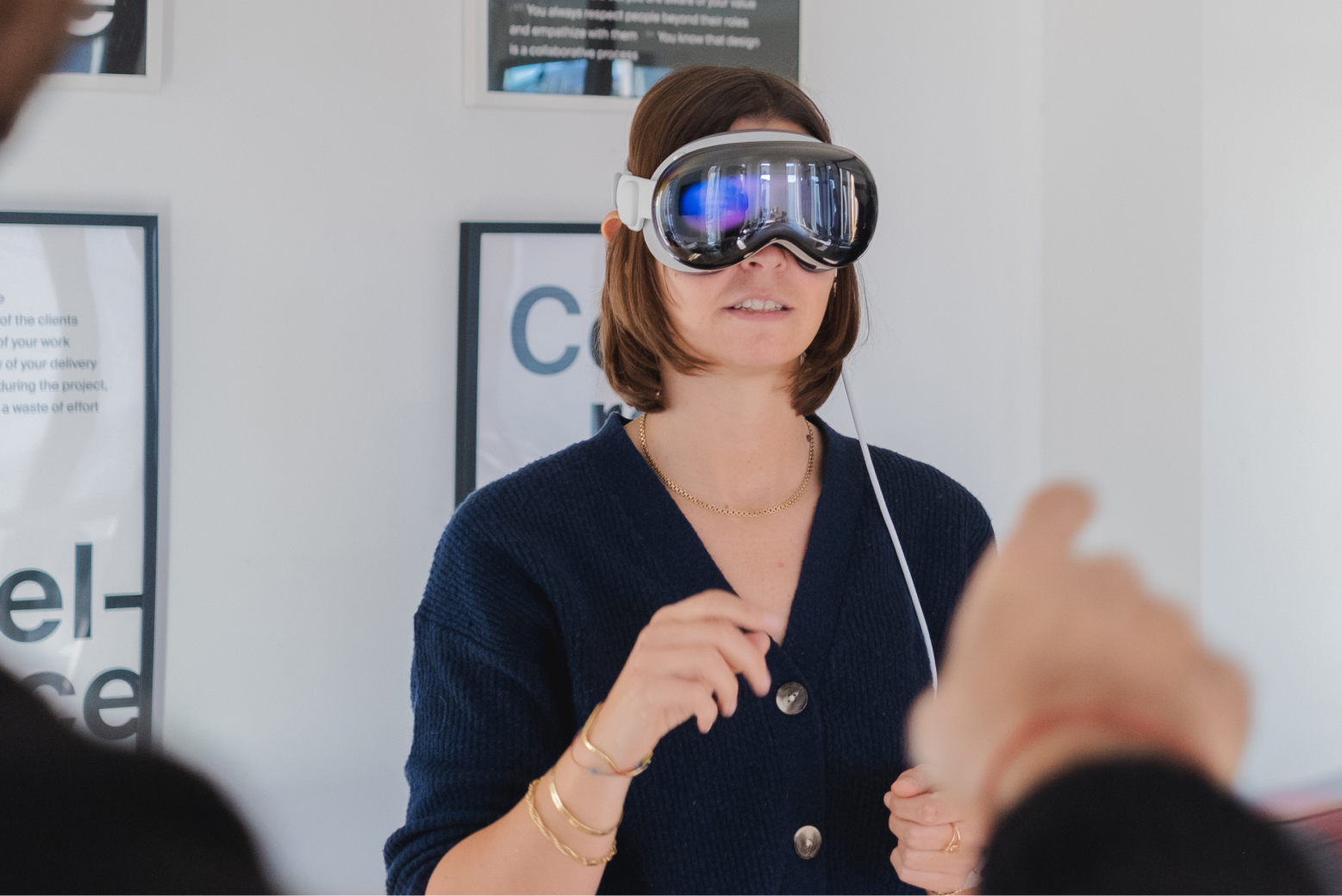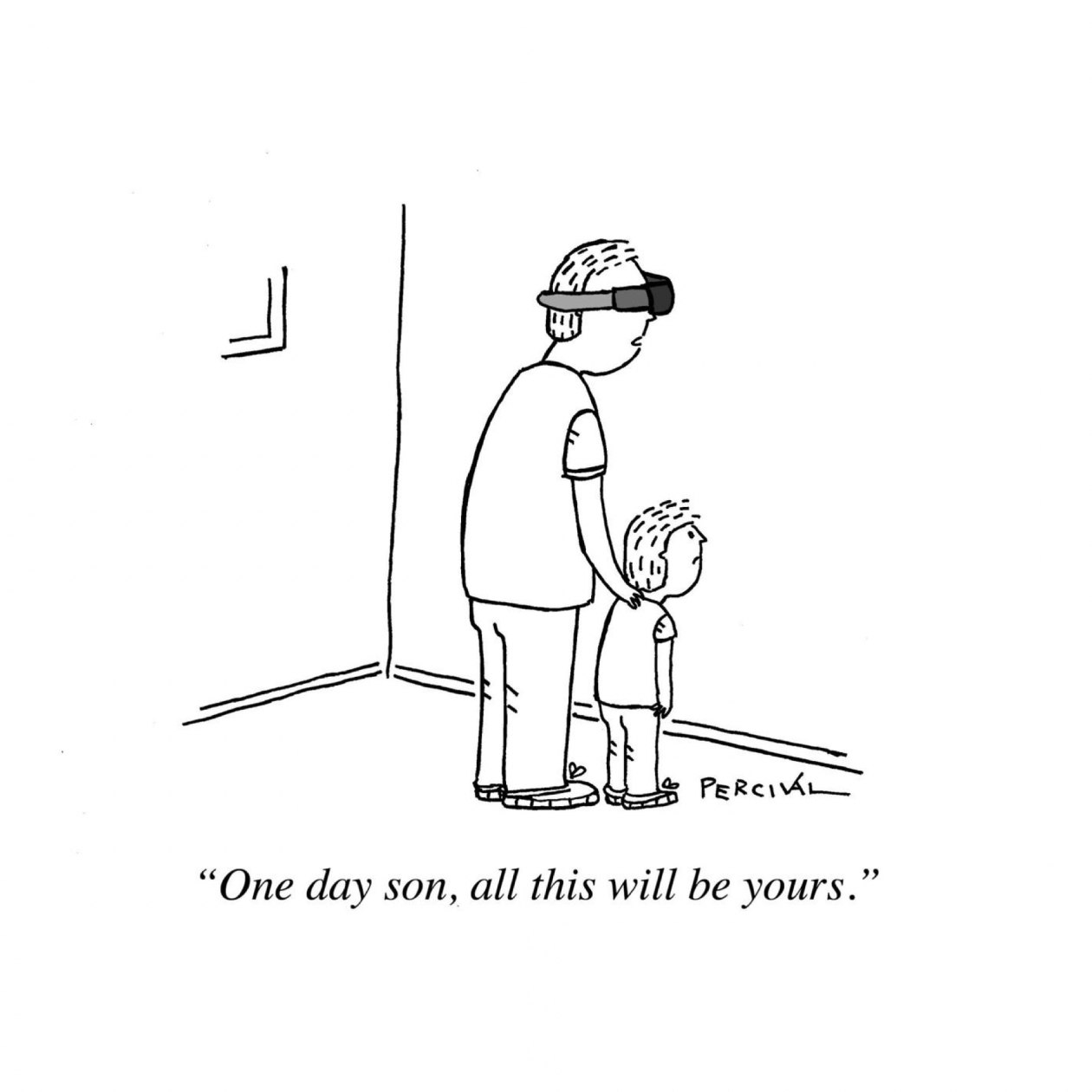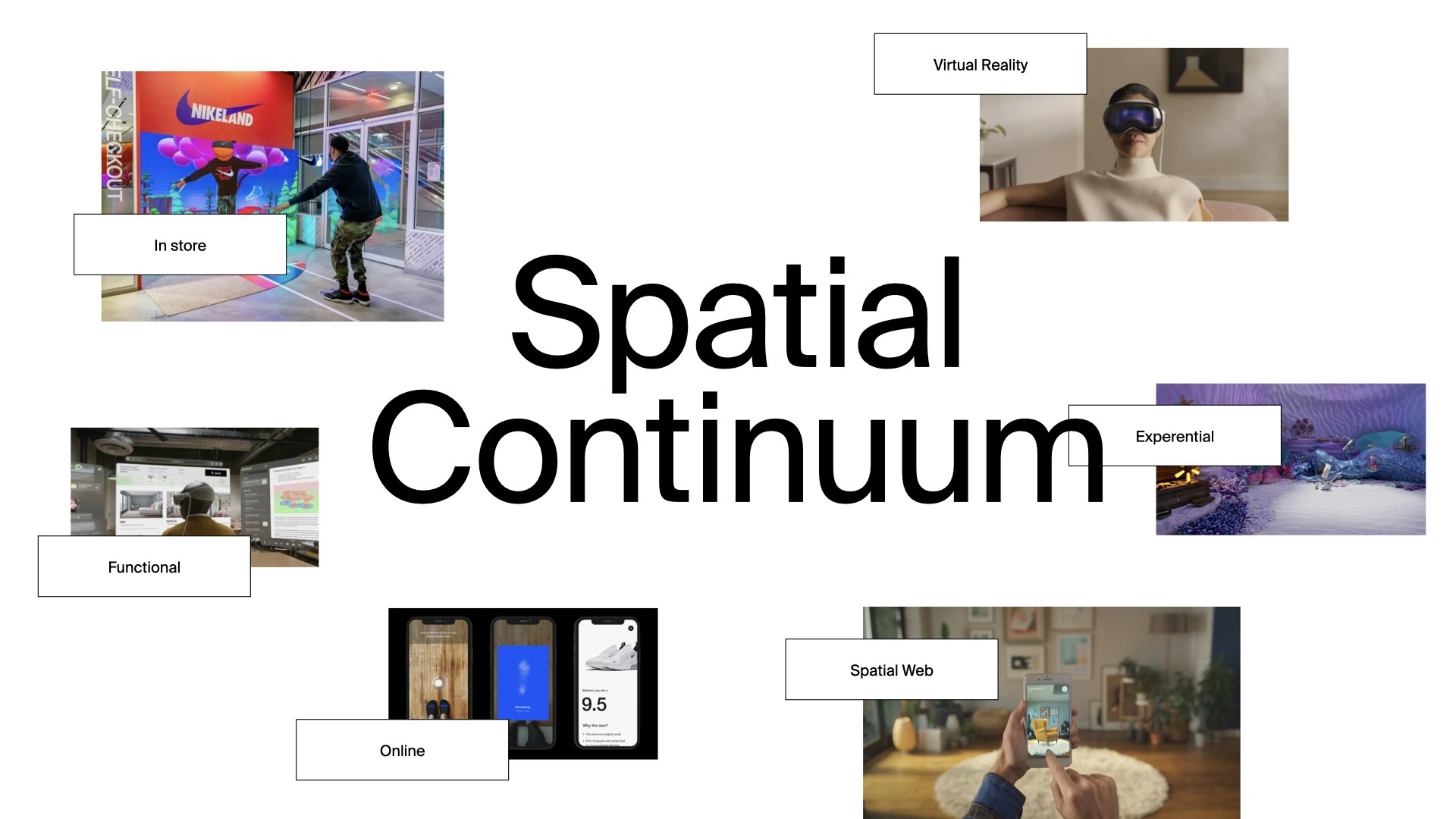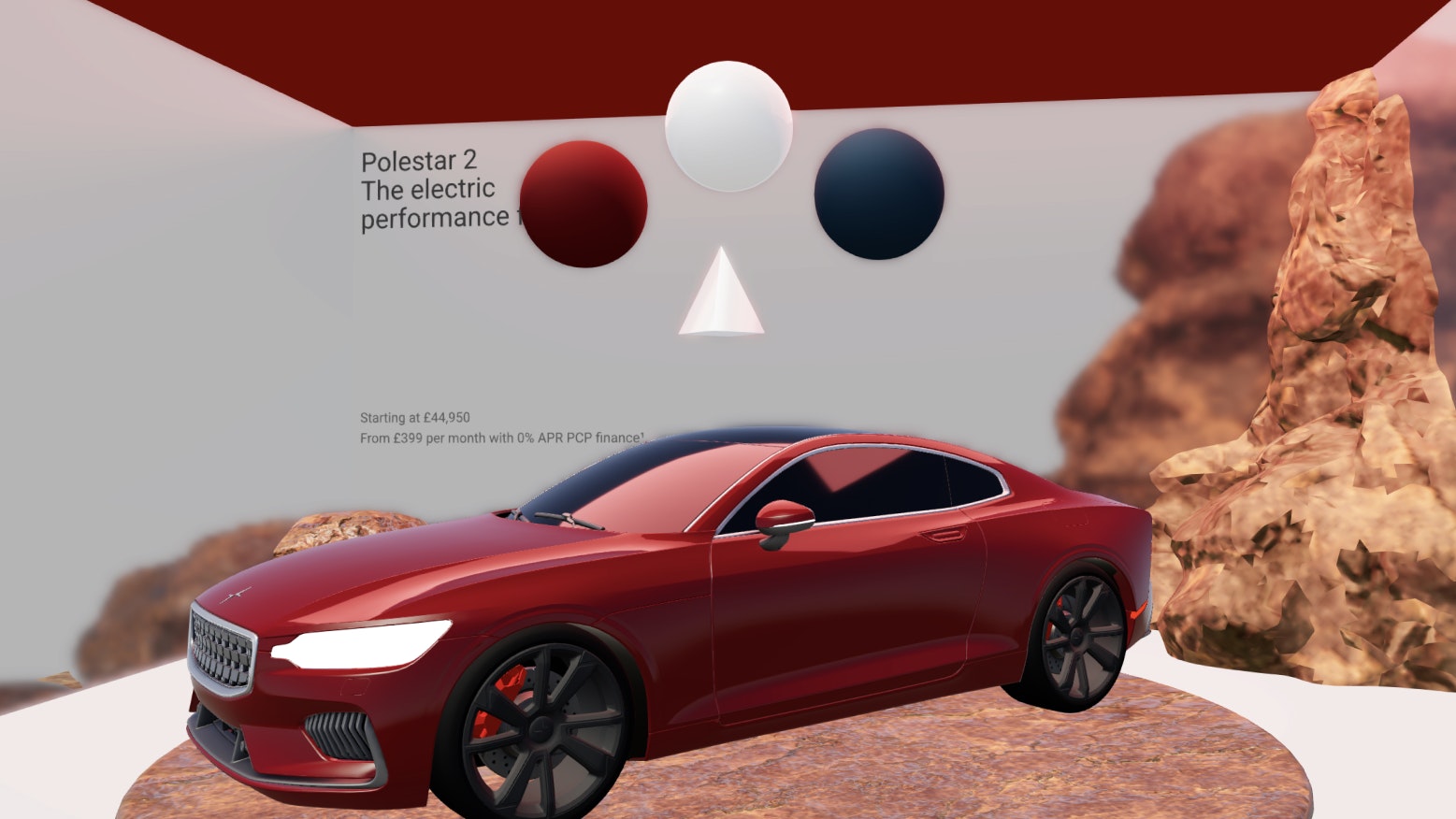I’m sitting on my couch at home, watching my children during their screen time: the older one is immersed in a multiplayer session of Fortnite, and it’s interesting to see how every afternoon he meets his classmates in the lobby, discussing between matches about the new game skins they just bought with the virtual currency “V-Bucks” and how this will influence their outfits at school the next day. The younger one, on the other hand, is engaged in one of the many virtual worlds of Roblox: he is selecting one of the available cars to race with, and it’s incredible how he knows more about car brands than I do and how he is becoming attached to some of them.
These are much more than “gaming” platforms; they are genuine brand experience spaces where users socialise, express themselves and, most importantly, purchase digital and physical goods.









